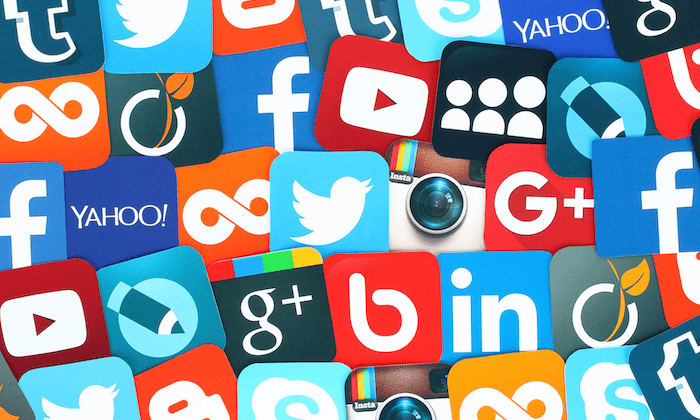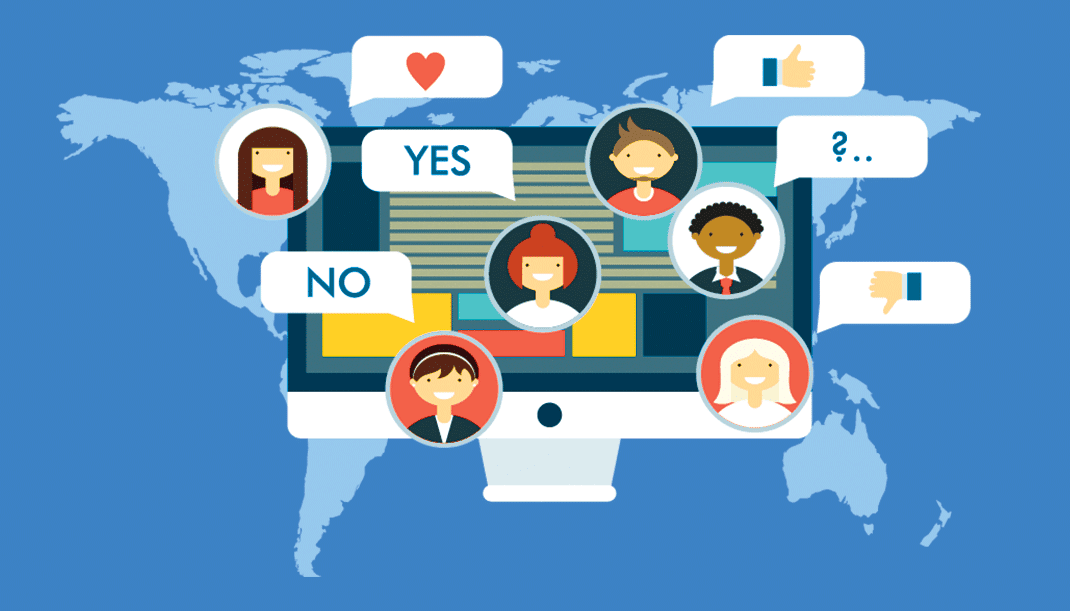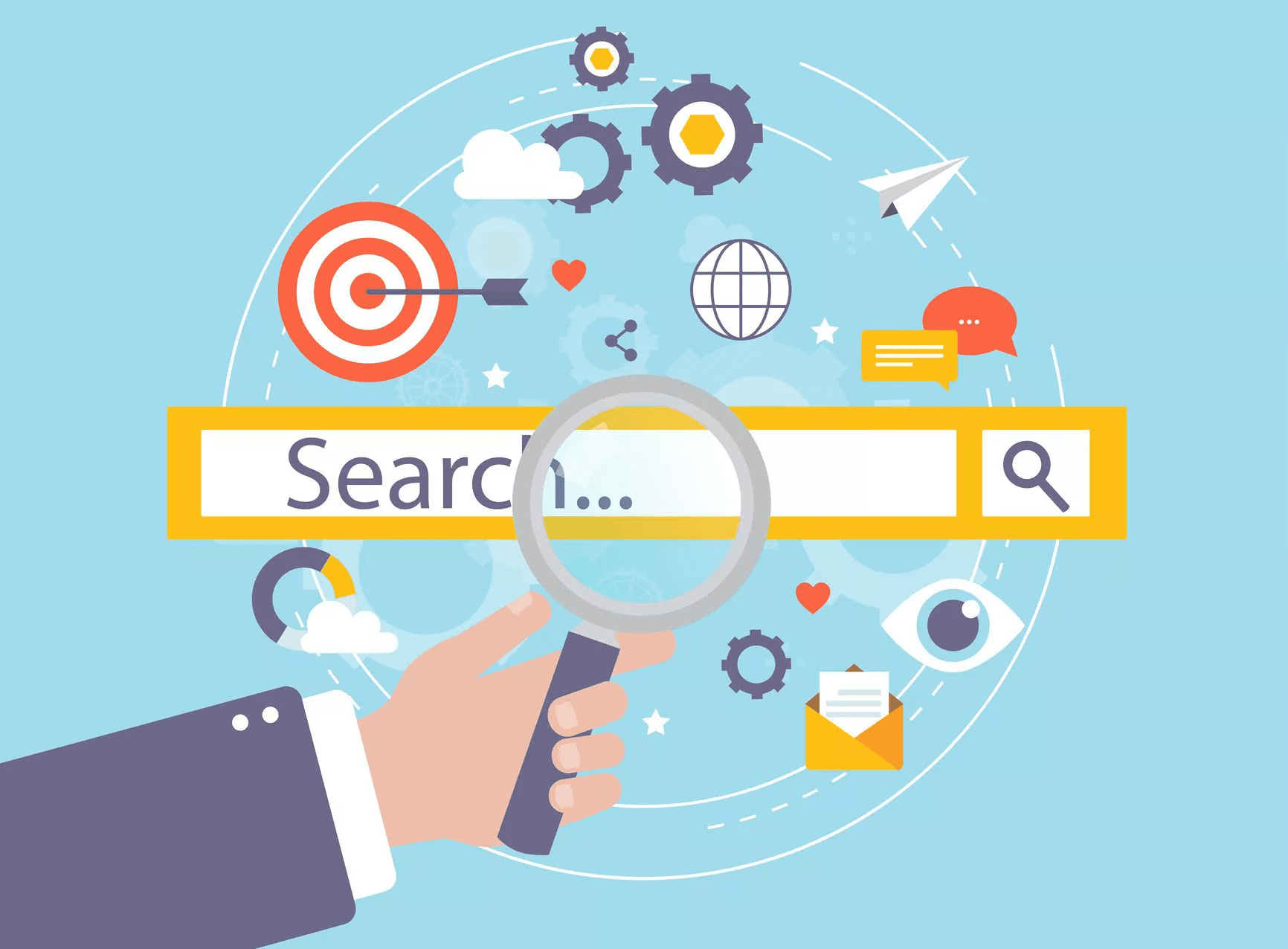“Digital Marketing” have been around since the 1990s and 2000s. It’s been 20+ odd years and more and more words have tagged along as the industry expands even more. They are not restricted to just digital marketers, but anyone with an interest in digital marketing or anyone wishing to transform their business.
Why not pick up more words to enhance your digital marketing know-how? It will gear up your understanding of digital marketing to your surprise.
Social Media Marketing Terms

Buyer Persona
This is a reflection of your target customer. The buyer persona is based on real customer’s data that marketers collected. Choosing a buyer persona helps marketers to market products and services in a certain way that’s inclined toward the persona. Among others are age, needs, place, buying habits, culture, income, interests, activities and lifestyle.
A/B Split Testing
This is one of the tools that allow digital marketers to know which version of a web or other marketing that will secure the most audiences. This could be to find out which images, call-to-action or a product’s name that’s favoured by the audience. The one that emerge with the best response will then be used by the marketer to maximise marketing performance.
Reach
When someone enquires about advertising on an online portal, lets say online newspaper, they would certainly like to know what’s the number of reach (audiences who will see the ad). Reach has been the key performance indicator for people placing the ads.
In social media, depending on the user’s likes, more posts will appear in his/her Facebook feed through Facebook’s algorithmn that picks the posts relevant to the user. Facebook displays a reach metric at the bottom of each post on your page’s home page (visible to those logged into the page’s account).
Impression
How many times an ad is shown to the audience on a webpage? It’s actually called Impression. Impression means the ad is displayed to your audience although they may not be clicking to take a look. This is different from Reach; there’s no question whether the audience sees the ad. In fact Impressions will be higher than Reach whether the audience clicks away or not.
Engagement

What about engagement? Unlike Impressions, Engagement is about taking interactions. Engagement is the frequency the audience interacts with the content. This is possible by such interactions as comments, sharing or likes among others.
Conversions
The point a recipient of a marketing message performs a desired action. There are many types of conversions. When someone opens an email, it is a conversion. Having them click on the call-to-action link inside emails is another conversion. Going to the landing page and filling out a registration form to read your content is a conversion. Most of all, buying your product is the ultimate conversion.
Cost Per Click (CPC)
CPC is the total cost of your clicks divided by the total number of clicks. Your average CPC is based on your actual Cost-Per-Click (actual CPC), which is the actual amount you’re charged for a click on your ad on a platform.
Cost Per 1,000 Impressions (CPM)
Cost per thousand is a marketing term to denote the price of 1,000 advertisement impressions on one webpage. If a website publisher charges $1.00 CPM, that means an advertiser must pay $1.00 for every 1,000 impressions of its ad. The “M” in CPM represents the word “mille,” which is Latin for “thousands.”
Click Through Rate (CTR)
Click through rate is how many users clicked an ad, link, or call-to-action to be taken to the landing page or website that was linked to the ad, link, or CTA. A low click through rate necessitates the need to change strategy for something’s not right and your potential customers are not clicking. That means changing either copy, visual or targeted audience. In short, focus on a high click through rate.
ROI

ROI is the profit or loss generated by the investment. The investment amount will vary depending on the investor’s choice to invest more or less money. ROI is calculated by dividing net gain by total investment e.g., if one invested RM1,000 and sold it later at RM1,200, RM200 is the profit. To get the ROI, RM200/RM1,000 x 100, one gets 20% ROI.
A positive ROI in a shorter period is relatively favourable. Digital marketer will calculate ROIs from several ads campaigns, compare them and select the campaign with the highest ROI. Hence, ROI acts as a performance indicator so as to make important decisions to continue or stop a campaign.
Landing Page
While this could be any page on your website, the landing page is where visitors land after they clicked a link in the email or link(s) in a Google ad or other ads in Bing, YouTube, Facebook, Instagram, Twitter among others. Whereas a homepage may have many links, the landing page that’s meant for conversions has less of these distractions to focus on call to action or turn visitors to customers.
Lookalike Audience
Lookalike audience is a great way to get new people who are likely to be interested in your business as they are similar to your existing customers.
When creating lookalike audiences in Facebook, Facebook identifies the common qualities (such as demographics and interest) of your existing audience and delivers your ads to people who are similar (look like) to them.
Lead Generation/Lead Magnet
This is similar to a carrot dangled before a donkey so the cart will move. Lead magnet is the carrot (incentive) that attracts traffic to exchange their emails, contact and other useful marketing incentives. The incentive could be downloadables, reports, eBooks, videos, sample client proposals, et cetera. Example: A web app offers its service as free for use but requires an email with intent to transform visitor to subscriber.
Facebook Pixel
The analytics tool that allows you to measure the effectiveness of your advertising by understanding the actions people take on your website.
Once you’ve set up the Facebook pixel, the pixel will fire when someone takes an action on your website. Examples of actions include adding an item to cart or making a purchase. With pixel you’ll be able to see the actions that your customers take. You’ll also have options to reach those customers again through future Facebook ads.
Remarketing
Adding the “re” to marketing meant a repeat of the marketing ad. True enough, it reflects this because we are showing the ad to the one who was tagged when they visited a website. The code that is implanted on the webpage follows this tagged visitor. This visitor is later shown the ad again to reinforce and to possibly hit off a sales conversion. This is remarketing.
Call To Action (CTA)
Most words in digital marketing are rather clear. Calling the audience to take an action after the ad is as important as putting in great efforts into the ad itself. There is no fixed length although most often CTAs can be short; rather, CTA focuses follow-up action that has to be acted upon for the purpose of conversion. Example: Sign-up now; Get offer; Learn more.
Search Engine Marketing Terms

A search engine is an online tool that searches for results in its database based on the search query (keyword) submitted by the internet user, such as Google, Bing and Yahoo.
Search Engine Marketing (SEM)
On many occasions, people thought SEM and SEO are the same. SEM is the umbrella term that covers processes like Search engine optimisation (SEO), Pay per Click (PPC) advertising and Social Media Marketing (SMM). SEM is paid search combined with optimised organic search whereas SEO is only organic search.
Search Engine Optimisation (SEO)
Search engine optimisation (SEO) is completely organic (unpaid search). The process enables the website to rank and display higher in the search engine’s first several pages. The process as said here include:
- Use of keywords in title tags, meta descriptions, header tags, alt text, etcetera
- Blogs and page copy optimised for quality
- Clean formatting page URLs
- Optimised page loading speed
- Google authorship inclusion
- Social sharing within content
- And lots more!
Pay Per click (PPC)
Pay per click means the advertiser will pay every time his/her ad is being clicked by visitors. That means every visitor’s click will cost the advertiser. One form of PPC is search engine advertising. Advertisers bid for their ads to be placed under sponsored links every time anyone searches on a keyword that’s relevant.
Bounce Rate
A bounce is a single-page session on your site, such as when a user opens a single page on your site and then exits without triggering any other requests to the Analytics server during that session. Bounce rate is a division of single-page sessions by all sessions. The single-page sessions have sessions’ duration of 0 seconds with no subsequent hits after the first session.
Organic Traffic
This traffic refers to the visitors clicking on a website from the search engine which is unpaid; doesn’t come from paid ads.
Paid Traffic
This traffic refers to the visitors clicking on a website from the paid ads in search engines.
Last but not least, every digital marketing jargon picked up is as valuable as gold because knowledge is power. Take a break and look ahead to the next important digital marketing project meet-up, use your new knowledge by all means and stay impressive and involved. Good hunting and good luck for now!


